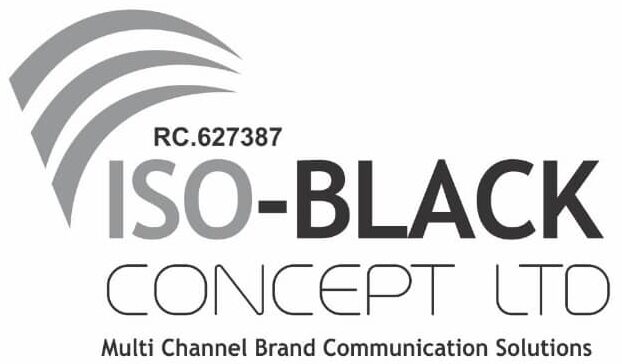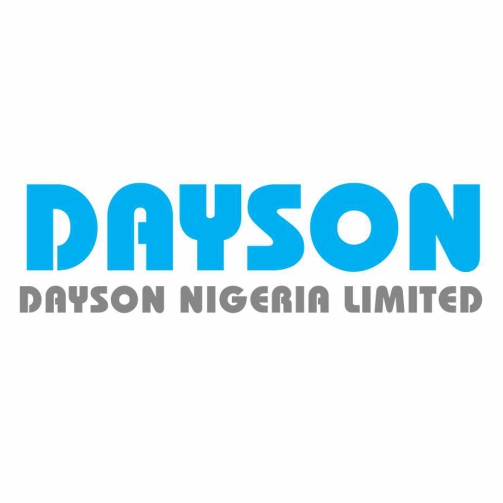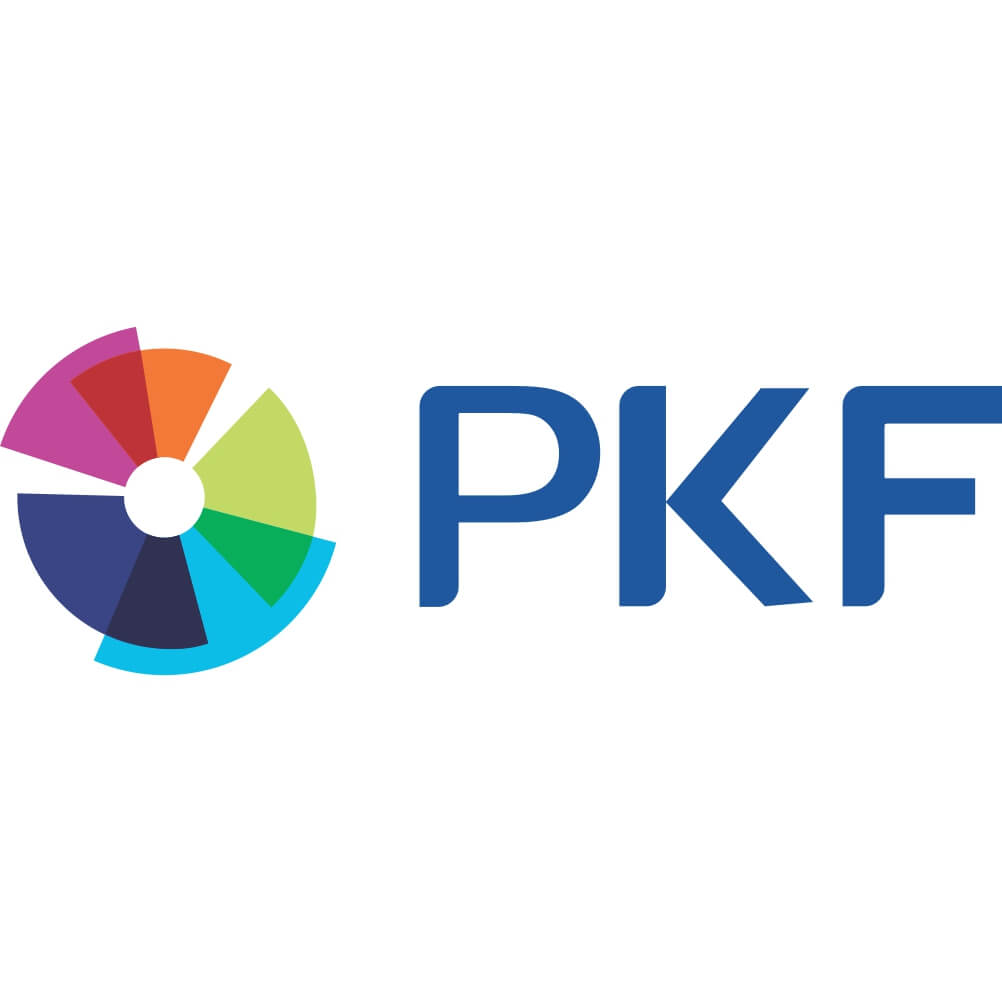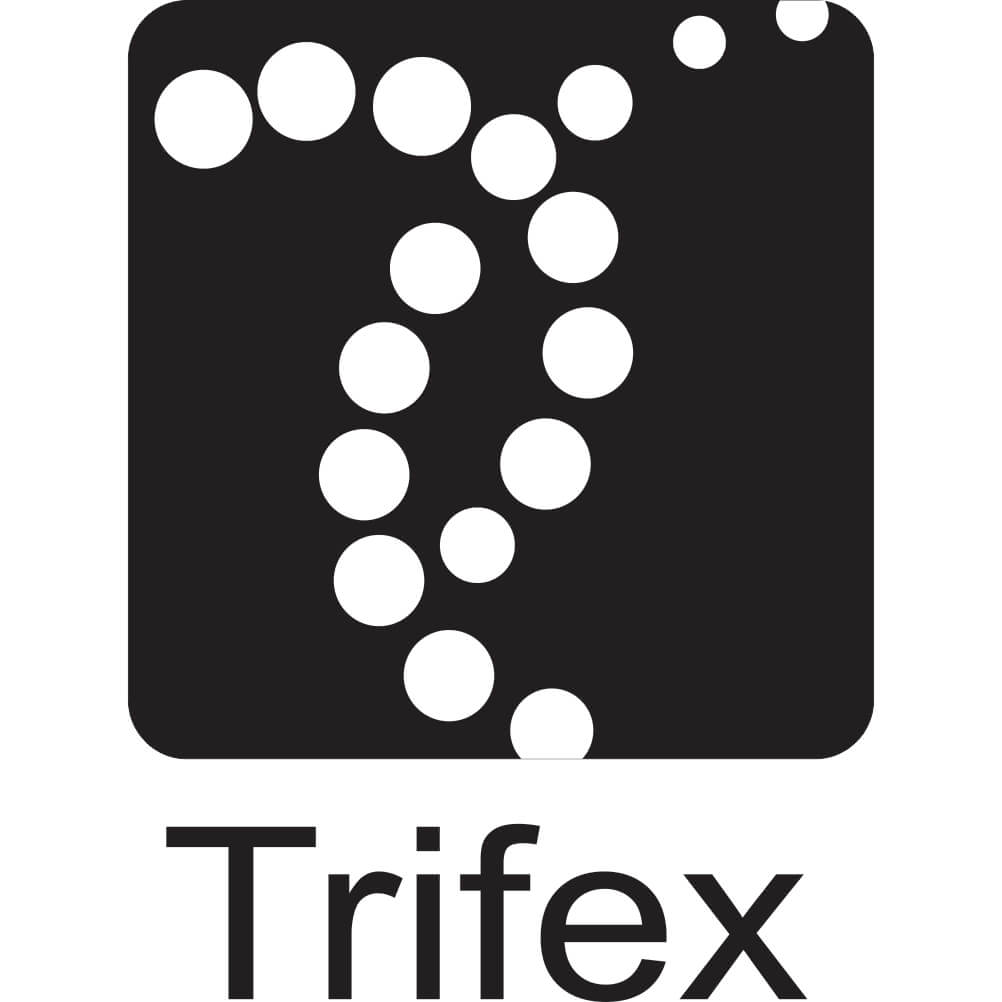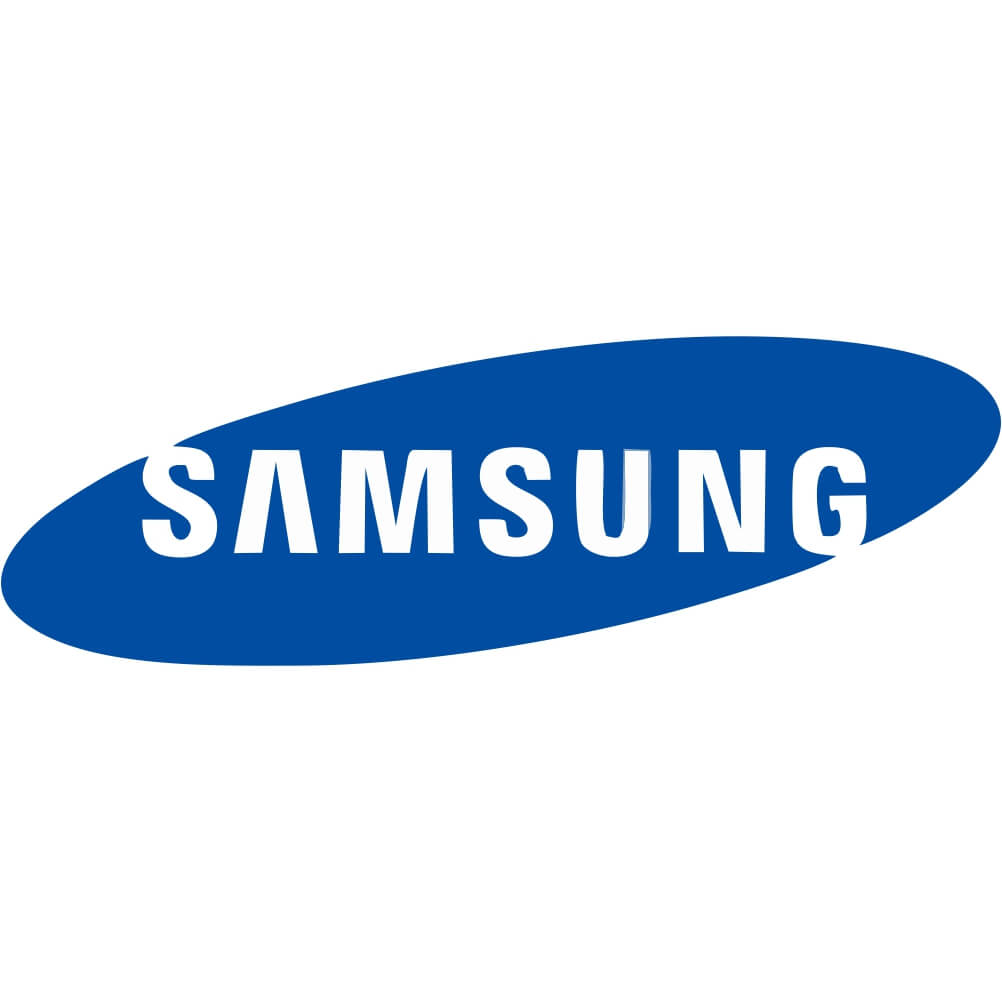A. Introduction
In today’s competitive business landscape, brand visibility plays a vital role in success. It is the key to standing out from the crowd, attracting customers, and outperforming competitors. This comprehensive guide will equip you with the knowledge and strategies needed to unleash your brand’s potential and achieve unprecedented visibility.
Understanding the Importance of Brand Visibility
Brand visibility refers to the extent to which your target audience recognizes and engages with your brand. It goes beyond having a catchy logo or a well-designed website. Building strong brand visibility is crucial for various reasons:
- Customer Recognition: When customers can easily identify and recall your brand, they are more likely to choose it over others when making purchasing decisions. Brand visibility fosters trust and familiarity, leading to customer loyalty.
- Competitive Edge: In a crowded market, visibility sets you apart from competitors. Being visible ensures that your brand remains top of mind for consumers, increasing the chances of gaining market share and outperforming competitors.
- Brand Equity: Increased visibility leads to enhanced brand equity, which is the perceived value and reputation of your brand. Establishing a strong brand presence positively impacts customer perceptions, allowing you to charge premium prices and build brand resilience.
Setting the Stage to Crush the Competition
Before diving into the tactics for boosting brand visibility, it is crucial to set the stage for success. Here are the key steps you need to take:
- Identifying Your Core Values and Purpose: Define what your brand stands for and the values it represents. This forms the foundation upon which all other branding efforts are built.
- Creating an Authentic Brand Story: Craft a compelling narrative that resonates with your target audience. Your brand story should communicate your values, aspirations, and how your product or service can solve their problems.
- Designing a Memorable Brand Logo and Visual Identity: Invest in professional logo design and develop a cohesive visual identity that reflects your brand’s personality. This includes choosing colors, fonts, and imagery that align with your brand’s values and resonate with your target audience’s preferences.
Navigating the Journey to Brand Success
Building a successful brand requires a strategic approach. Here are the steps you need to navigate on your journey to brand success:
B. Crafting a Powerful Brand Foundation
A powerful brand foundation is the core of your brand’s identity. It establishes a solid framework for all branding efforts and sets the stage for boosting visibility.
Defining Your Brand Identity
To define your brand identity effectively, consider the following key elements:
- Identifying Your Core Values and Purpose
Your brand’s core values are the guiding principles that shape your company culture and decision-making. They represent what you stand for and what your brand aims to achieve. Reflect on what matters most to your brand and how you can incorporate these values into your messaging and actions. - Creating an Authentic Brand Story
Your brand story should captivate your target audience and differentiate your brand from competitors. Craft a narrative that connects emotionally with your audience, highlighting your brand’s journey, values, and mission. Authenticity is key to building a lasting and meaningful brand connection. - Designing a Memorable Brand Logo and Visual Identity
Your brand logo serves as the visual representation of your brand. Invest in a professionally designed logo that is unique, memorable, and aligns with your brand’s personality. Your visual identity encompasses other design elements such as typography, color palette, and imagery, which should all work cohesively to reinforce your brand’s identity.
Developing a Clear Brand Personality
A well-defined brand personality helps shape how your target audience perceives your brand. Consider the following steps to mold your brand’s personality:
- Defining Your Target Audience
Identify your target audience by researching their demographics, preferences, and behaviors. Understanding your audience’s desires and pain points will help you tailor your brand messaging and activities specifically to them. - Establishing a Consistent Tone of Voice
Your brand’s tone of voice should be consistent across all communication channels. Identify the tone that resonates with your target audience and use it consistently in your messaging. Whether it’s friendly, authoritative, or humorous, your tone should reflect your brand’s personality and values. - Cultivating Emotional Connections with Customers
Emotional connections are essential for building long-term brand loyalty. Find ways to tap into your audience’s emotions by creating content that elicits feelings of happiness, inspiration, or belonging. Incorporate storytelling techniques that evoke emotions and resonate with your audience on a deeper level.
Conducting a Comprehensive Brand Audit
A brand audit helps you evaluate your brand’s current positioning, strengths, weaknesses, and opportunities for growth. Consider the following steps during a comprehensive brand audit:
- Evaluating Current Brand Perception
Gather feedback from customers, conduct surveys, and analyze social media sentiment to assess how your brand is perceived. Understand what customers associate with your brand and identify any gaps between your desired brand perception and the current reality. - Assessing Brand Strengths and Weaknesses
Identify your brand’s strengths and weaknesses by conducting a competitive analysis, evaluating customer feedback, and reviewing internal processes. Recognize what sets your brand apart from competitors and where improvements can be made. - Conducting Competitor Analysis to Identify Opportunities
Analyze your competitors’ branding strategies to identify opportunities for differentiation. Look for gaps in their messaging or areas they have failed to address, which you can leverage to gain a competitive edge. Understanding their techniques will help you refine your own branding efforts.After crafting a powerful brand foundation, it is time to enhance your online brand visibility.
C. Enhancing Online Brand Visibility
In today’s digital age, an online presence is critical for brand visibility. Follow these strategies to boost your brand’s online visibility:
Building a Robust Online Presence
Building a robust online presence is the first step toward increasing your brand’s visibility. Focus on the following areas:
- Creating a User\-Friendly and Mobile\-Optimized Website
Design a visually appealing and user-friendly website that provides a seamless experience across devices. Optimize your website for mobile devices to cater to the growing number of mobile users. - Embracing Search Engine Optimization \(SEO\) Strategies
Implement SEO strategies to improve your website’s visibility in search engine results. Conduct keyword research, optimize your content, and build high-quality backlinks to boost your organic search rankings. - Leveraging Social Media Platforms Effectively
Identify the social media platforms where your target audience is most active, and create a consistent presence. Engage with your audience, share relevant content, and participate in industry conversations. Utilize social media advertising to expand your reach and drive targeted traffic to your website.
Harnessing the Power of Content Marketing
Content marketing is a powerful tool for boosting brand visibility. Follow these strategies to make the most of it:
- Crafting Engaging and Relevant Content
Create high-quality, relevant content that aligns with your audience’s interests and needs. Develop a content strategy that includes blog posts, videos, infographics, and other formats that resonate with your target audience. - Implementing a Strategic Content Distribution Plan
Focus on distributing your content across multiple channels to maximize visibility. Share your content on social media, submit guest posts on relevant websites, collaborate with influencers, and utilize email marketing to reach your target audience. - Encouraging User\-generated Content and Influencer Collaborations
Encourage your customers to create and share content related to your brand. User-generated content boosts brand visibility and builds trust. Collaborating with influencers can introduce your brand to new audiences and increase visibility through their established networks.
Maximizing the Potential of Online Advertising
Online advertising allows you to amplify your brand’s reach and visibility. Consider the following tactics:
- Using Paid Search and Display Advertising
Leverage paid search ads and display advertising to position your brand prominently in search engine results and on relevant websites. Utilize targeting options to reach your desired audience effectively and optimize your campaigns for maximum return on investment. - Exploring Native Advertising Opportunities
Native advertising seamlessly integrates your brand’s content into third-party platforms, making it less intrusive and more engaging for the audience. Collaborate with publications and other content platforms to place native ads that enhance your brand visibility. - Building Relationships through Affiliates and Partnerships
Form strategic partnerships with affiliates or complementary brands to expand your reach and tap into new audiences. Collaborate on joint marketing efforts and leverage each other’s networks to amplify brand visibility.With a strong online presence established, it’s time to explore offline tactics for amplifying your brand visibility.
D. Amplifying Brand Visibility through Offline Tactics
While online strategies are essential, offline tactics can also contribute significantly to brand visibility. Consider the following approaches to enhance your brand visibility offline:
Establishing a Strong Brand Presence in the Community
Building connections with your local community can have a substantial impact on brand visibility. Consider the following approaches:
- Engaging in Local Sponsorships and Events
Support local events, charities, or organizations that align with your brand values. Sponsorships provide valuable exposure and an opportunity to engage with your target audience in a meaningful way. - Partnering with Influential Community Organizations
Form partnerships with influential community organizations or associations to leverage their networks and build connections. Collaborate on events, co-branded campaigns, or joint initiatives to amplify brand visibility. - Utilizing Print Media and Out\-of\-Home Advertising
Don’t underestimate the power of traditional advertising mediums. Place strategically targeted print ads, billboards, or signage in areas with high foot traffic to reach a broader audience.
Creating Memorable Brand Experiences
Creating memorable brand experiences leaves a lasting impression on your audience. Consider the following tactics:
- Hosting Unforgettable Events and Pop
Organize events or pop-ups that provide unique experiences for your audience. Create interactive and immersive environments that allow them to engage with your brand on a deeper level. - Designing Unique Packaging and Branded Merchandise
Incorporate your brand’s personality into your packaging and branded merchandise. Unique and eye-catching packaging can serve as free advertising when customers carry your products around. - Leveraging Customer Loyalty Programs and Referral Campaigns
Implement customer loyalty programs that reward customers for their continued support. Encourage referrals by offering incentives for customers who refer others to your brand. These tactics not only drive repeat business but also increase brand visibility through word-of-mouth marketing.
Cultivating Meaningful Public Relations Strategies
Public relations play a significant role in brand visibility. Consider the following strategies:
- Crafting Press Releases and Media Kits
Develop compelling press releases and media kits that highlight your brand’s unique offerings and newsworthy updates. Distribute them to relevant media outlets to secure media coverage and increase brand visibility. - Securing Media Coverage and Influencer Endorsements
Build relationships with journalists, bloggers, and influencers who reach your target audience. Seek media coverage and endorsements to expand your brand’s visibility and credibility. - Engaging in Thought Leadership Initiatives
Establish your brand as a thought leader in your industry. Publish insightful articles, participate in relevant industry conferences and events, and contribute to industry publications. Thought leadership enhances brand visibility and positions your brand as an authority in its niche.
E. Measuring Brand Visibility Success
Measuring and analyzing key performance indicators (KPIs) is essential to gauge the success of your brand visibility strategies. Consider the following metrics:
Identifying Key Performance Indicators (KPIs)
- Tracking Website Traffic and Conversion Rates
Monitor your website’s traffic and conversion rates to understand how effectively your online brand visibility efforts are driving engagement and conversions. - Monitoring Social Media Engagement and Reach
Measure social media engagement metrics such as likes, comments, shares, and reach to determine the effectiveness of your social media branding efforts. - Measuring Brand Mentions and Share of Voice
Track the number of brand mentions across various platforms and compare your share of voice to competitors. This provides insights into your brand’s visibility and reputation within the market.
Utilizing Analytics Tools and Metrics
Leverage analytics tools to gain deeper insights into your brand visibility efforts. Consider the following metrics:
- Analyzing SEO Rankings and Backlinks
Monitor your search engine rankings and analyze the quality and quantity of backlinks pointing to your website. This will help you understand the impact of your SEO strategies on brand visibility. - Evaluating Email Marketing Campaign Performance
Analyze the performance of your email marketing campaigns, including open rates, click-through rates, and conversion rates. This data can help you assess the effectiveness of your email marketing efforts in increasing brand visibility. - Assessing Return on Investment \(ROI\) for Advertising Efforts
Measure the ROI for your online and offline advertising campaigns. Assess the cost-effectiveness of your advertising efforts and determine if they are driving the desired brand visibility and sales outcomes.
Incorporating Continuous Improvement Strategies
No branding strategy is set in stone. Continuous improvement is essential for long-term brand visibility success. Consider the following approaches:
- A/B Testing Marketing Strategies and Campaigns
Test different marketing strategies, messaging, and campaigns to identify what resonates most with your target audience. Continuously refine and optimize your branding efforts based on data-driven insights. - Soliciting and Incorporating Customer Feedback
Seek feedback from your customers to gain valuable insights into their perceptions and experiences with your brand. Actively listen to their suggestions and incorporate their feedback into your branding strategies. - Staying Updated on Industry Trends and Best Practices
Keep a pulse on industry trends and best practices to ensure your branding efforts remain relevant and competitive. Attend conferences, participate in webinars, and stay connected to industry publications to stay ahead of the curve.
Summary and Frequently Asked Questions (FAQs)
Recap of Key Strategies to Boost Brand Visibility
- Establish a powerful brand foundation by defining your brand identity and developing a brand personality that resonates with your target audience.
- Enhance your brand’s online visibility by building a robust online presence, harnessing the power of content marketing, and maximizing the potential of online advertising.
- Amplify brand visibility through offline tactics, such as establishing a strong local presence, creating memorable brand experiences, and cultivating meaningful public relations strategies.
- Measure brand visibility success by identifying key performance indicators (KPIs), utilizing analytics tools, and incorporating continuous improvement strategies.
Frequently Asked Questions (FAQs)
Q1: Why is brand visibility important?
A1: Brand visibility is crucial for several reasons. It enhances customer recognition, provides a competitive edge, and contributes to building brand equity. A visible brand is more likely to be chosen by consumers, fostering trust, loyalty, and perceived value.
Q2: How can I define my brand identity?
A2: Defining your brand identity involves identifying core values and purpose, crafting an authentic brand story, and designing a memorable brand logo and visual identity. These elements form the foundation upon which your brand’s personality is built.
Q3: What are key strategies for enhancing online brand visibility?
A3: Building a user-friendly website, embracing SEO strategies, leveraging social media effectively, crafting engaging content, and utilizing online advertising are key strategies for enhancing online brand visibility.
Q4: How can I boost brand visibility offline?
A4: Establishing a strong local presence through sponsorships and events, creating memorable brand experiences, and engaging in meaningful public relations strategies, including press releases and influencer endorsements, are effective ways to boost brand visibility offline.
Q5: What KPIs should I track to measure brand visibility success?
A5: Key performance indicators (KPIs) include website traffic and conversion rates, social media engagement and reach, brand mentions, share of voice, SEO rankings, backlinks, email marketing campaign performance, and return on investment (ROI) for advertising efforts.
Q6: Why is continuous improvement important for brand visibility?
A6: Continuous improvement ensures that your branding efforts remain relevant and competitive. A/B testing marketing strategies, soliciting customer feedback, and staying updated on industry trends and best practices contribute to ongoing success in brand visibility.
Q7: How can I stay updated on industry trends and best practices?
A7: Stay connected to industry trends and best practices by attending conferences, participating in webinars, and following industry publications. Keeping a pulse on the latest developments helps your brand remain innovative and adaptable in a dynamic business landscape.
